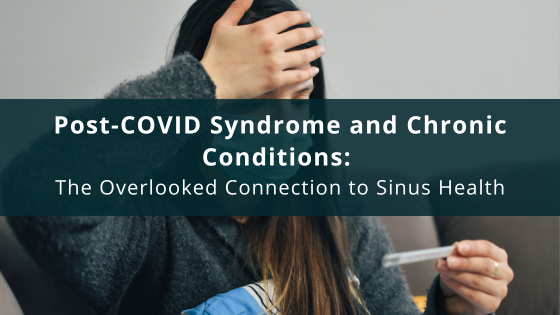The Correlation Between HIV & Insomnia
Dr. Wayne AJ Giles, Director of the Division of Population Health for the National Center for Chronic Disease Prevention and Health Promotion, said it the best – stating that sufficient sleep is not a luxury, but a necessity and should be thought of as a vital sign of good health. Unfortunately, in today’s society, sleep is treated as the former.
This is extremely important when we consider the importance of sleep in relation to other disease states such as cardiovascular disease and stroke. As was discussed in the previous article about the risk of HIV and cardiovascular disease, sleep in patients with HIV can be affected in multiple ways. At this point, we do not know if this is a standalone risk factor for the acceleration of cardiovascular disease in patients with HIV, or if is it more of a contributing factor.
In general, a significant number of Americans have difficulties with sleep. Sleep deprivation has been linked to both diabetes and hypertension. There is also an increased risk of obesity due to poor sleep. All three have been associated with an increased risk of cardiovascular disease and stroke. Adding HIV to the mix probably accelerates the process.
Certain medications have been also associated with sleep disturbances in the HIV population. For instance, zidovudine or AZT has been shown to cause insomnia in patients taking this medication. Fortunately today, AZT is rarely used. Another medication associated with sleep disturbances in the HIV community is Efavirenz, which is also known to cause not only insomnia but nocturnal awakenings, vivid dreams, increased sleep latency and decreased delta sleep. Many patients with HIV also have to deal with comorbidities such as depression and anxiety and many of them are on SSRIs(Selective Serotonin Reuptake Inhibitors). These medications are known to increase sleep latency, decrease sleep efficiency, increase REM latency and decreased form of sleep. Overall these medications have a negative impact on sleep, which in turn can lead to other comorbidities associated with HIV, especially in relation to cardiovascular disease.
HIV can affect sleep in many different ways. Insomnia is just one of the ways that HIV can affect sleep. Other issues include excessive sleepiness and recurrent arousals. Comorbidities that may be associated with sleep disturbances in patients with HIV include depression, anxiety, daytime sleepiness, fatigue and pain. It also appears that as the disease progresses, sleep disturbances may become worse. This is due to lower T cell function, which is associated with greater sleep disturbances. Also, patients with HIV have higher levels of interleukin six (IL-6) which has been associated with lower qualities of sleep. There are several polysomnographic features which have been associated with HIV. These include: decreased sleep latency, decrease sleep efficiency, increased frequency of awakenings and arousals, increased wake time after sleep onset, decreased stage two and an increase delta sleep, which then decreases as the disease progresses.
The last subject dealing with sleep disturbances and HIV population deals with obstructive sleep apnea. Obstructive sleep apnea has been on the rise in the United States over the last two decades in the general population. Contributing factors to this include decreased exercise associated with an increase in obesity. With the HIV population, a certain population of patients that are being treated with antiretroviral therapy has a tendency towards lipodystrophy or the accumulation of excessive adipose tissue in areas of the body. In most instances, this accumulation of adipose tissue occurs around the vital organs in the abdominal cavity, otherwise known as visceral adipose tissue. This excessive accumulation of visceral adipose tissue becomes a risk factor for obstructive sleep apnea, and due to the metabolic derangements caused by obstructive sleep apnea, this in itself becomes a compounding factor, increasing the risk of cardiovascular disease in the HIV population.
As in any other chronic disease, contributing factors to the patient’s well-being are multifactorial. HIV is no different. It will take a dedicated patient who is willing to educate themselves in order to ensure that these comorbidities are addressed and dealt with. Unfortunately, there are not many clinicians who are well–versed in this area in order to identify risk factors and address them properly. Hopefully, with time, the medical establishment will put in an effort to address this complicated problem.







